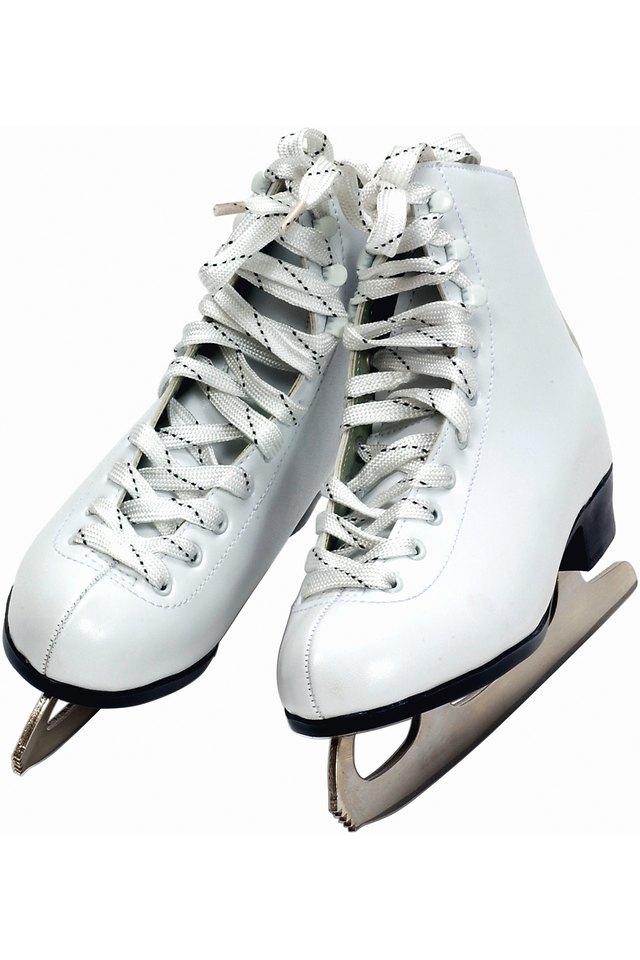How Does Friction Affect Speed When Skating?

Friction is defined as the resistance force between two solid surfaces that are rubbing against one another. In skating sports, such as ice hockey, figure skating and speed skating, different levels of friction are created by skaters to speed up or stop on the ice. While skating at high speeds can be achieved through a reduction in friction, performing short stops are a result of an extreme amount of friction being placed on your skates by the ice.
Skate Sharpening
If you are a speed skater or someone looking to reduce the amount of friction between the ice and your skates, sharpening your skates is a common solution. During the sharpening process, the surface area of the skates is reduced, thus reducing the amount of metal that is making contact with the ice. Reducing the surface area by sharpening your skates reduces friction and increases speed. This additional speed comes in handy when you propel yourself down the ice.
Stopping
In order to stop while skating, a large amount of friction must be created between the skate blades and the ice. While moving on the ice, turning sharply while simultaneously digging the edges of your skates into the ice will create a large amount of friction, causing you to stop almost immediately. Although sudden stops have a drastic increase in friction, more gradual stops, such as dragging your toe along the ice or a T-stop, add only a slight amount of friction between the ice and the skates.
Melting
While skating on ice, skaters are actually skating on a thin layer of water as opposed to the ice itself. When high amounts of pressure are placed on a piece of ice, a situation that occurs with ice skates combined with your body weight, the ice melts. You do not notice this because it freezes the moment your skates move past the ice. Skating on water keeps the friction at a lower point then it would with ice itself. This process is referred to as regelation.
Caution
While skating on ice is often a fun and exciting activity, proper precautions must be taken when skating at high speeds, which is potentially dangerous. If you are new to skating, control your speed by dulling the blades on your skates. Add stoppers to the backs of your skates to increase friction when you are stopping. Always skate with a partner or friend in a controlled location. Skating on the tops of frozen lakes or rivers is potentially dangerous and should be avoided unless the bodies of water are supervised.
References
Writer Bio
Jason Aberdeene has been a freelance writer since 2008. His articles have appeared in the "UCSD Guardian" and on various websites, specializing in teen health. An assistant at Kagan Physical Therapy since 2009, Aberdeene has a Bachelor of Arts in philosophy from the University of California, San Diego.
